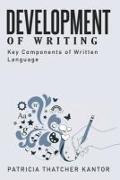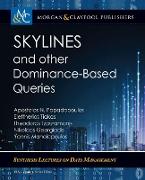Major Components of Written Language
BücherAngebote / Angebote:
This study utilized confirmatory factor analyses and latent change score analyses to model individual and developmental differences in a longitudinal study of children's writing. Participants were 158 children who completed a writing sample each year from 15 through 4th grade. At all four time points, a four-factor model of writing provided the best fit to the data. The factors were macro-organization (presence of topic sentence, number of key elements, and order of ideas). productivity (number of words and number of unique words), complexity (average number or words per sentence and number of connectives), and vocabulary (average number of syllables and average number of characters per word, and percentage of multisyllabic words). The latent change score analyses demonstrated significant relations among the intercepts of macro-organization, productivity, and complexity factors, indicating that children with higher initial levels of one skill were also likely to have higher initial levels of the other. Productivity was also identified as a leading indicator of complexity, such that higher levels of productivity predicted subsequent increases in complexity over time.
Folgt in ca. 10 Arbeitstagen




